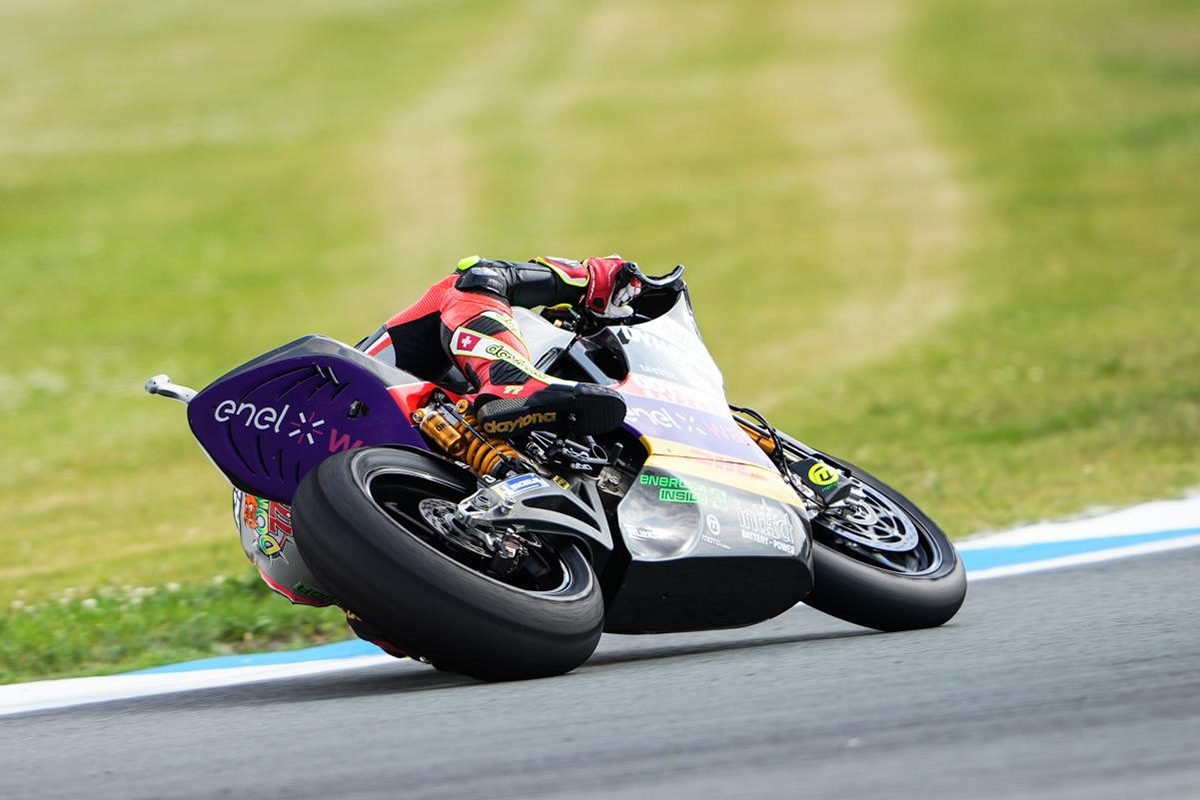
While the move to replace internal combustion engines (ICE) with electricity is a topic that’s not going to go away, it is guaranteed to promote argument whenever the point is raised. Frankly, the numbers just don’t add up and, while I know that the development of battery and charging technology will increase exponentially as deadlines for phasing out of ICE-powered vehicles gets nearer, it’s hard to see how it will ever be practicable.
Putting in place charging points for every electric vehicle will be such a massive undertaking, not only in cities but also in outlying areas. Also, it’s all very well talking about electrification in first world countries but how on earth is it going to be affected in third world countries? We can’t even keep lights on at home so what chance is there of making sure there is enough electricity for charging our cars and motorcycles, let alone all the trucks that keep the economy afloat? The level of investment will be difficult enough for the likes of America and Europe: what chance does Africa have?

It’s not even as if Europe has excess electricity-generating capacity. I have it on good authority that France will be subjected to electricity outages in the coming years as planned maintenance of power stations comes into force. With a large amount of its electricity coming from nuclear power stations, maintenance isn’t a couple of weeks, it’s years: how does that tie in with an increasing number of electric vehicles?
Of course, one of the big questions for motorsport fans is how electrification will affect the sports we love, be it on two wheels or four. Formula E and MotoE have been running for a few years and are mildly interesting, although it is noticeable that very little TV coverage is given to MotoE, at least here in SA. Watching electric bikes on TV is less painful than watching trackside as the lack of noise will be drowned out by garrulous commentators, much as the noise of deafening ICE MotoGP bikes is. But will tens – or hundreds – of thousands of race-goers be able to maintain their interest as a field of race bikes whispers past them in the main feature races?
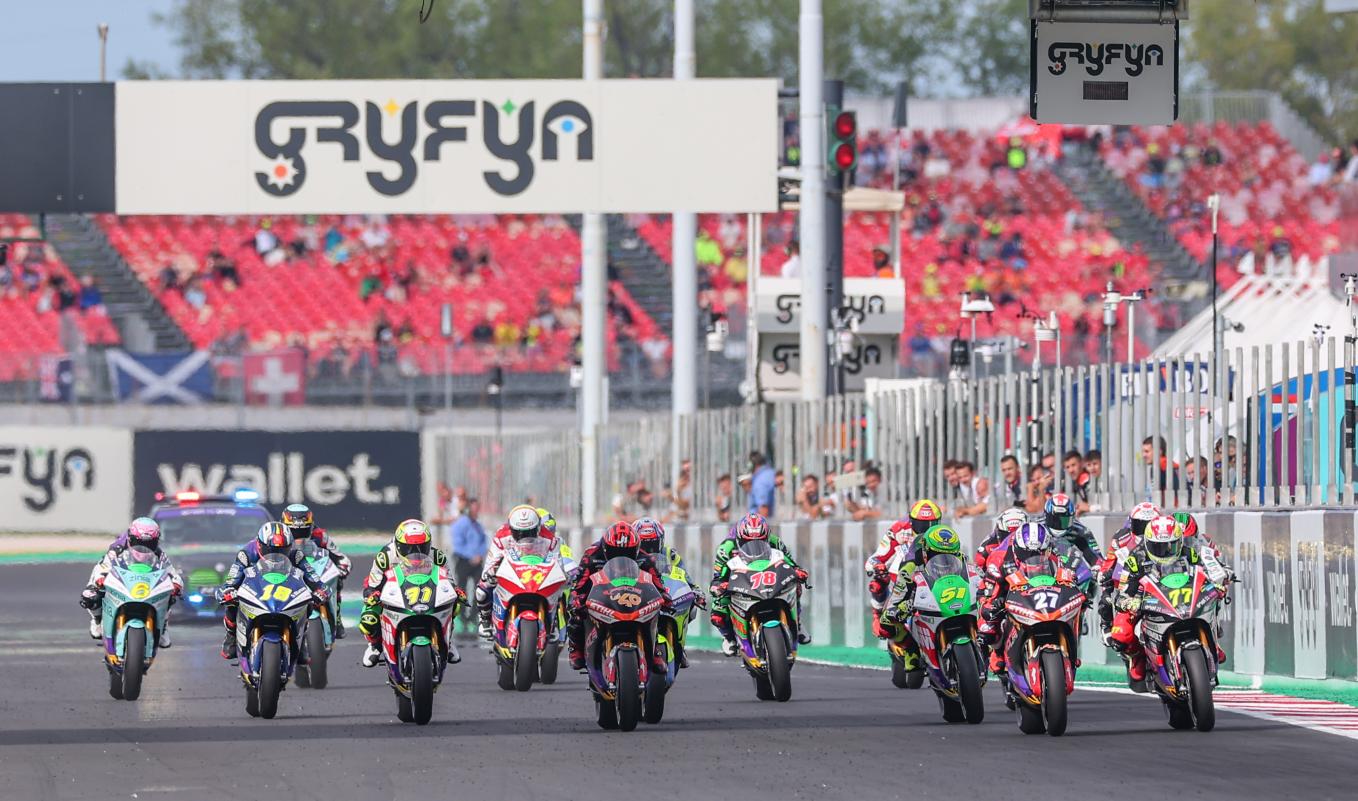
It is hard to find any dissenting voices about electrification from the industry itself but one leader who has jumped onto the soap box is Pit Beirer, director of motorsports at KTM. He has gone public with his views that electrification is certainly not the ‘near future’ of any motorcycle over 125 cc and neither is hybrid technology, either.
One of the barriers to adopting electrifying motorcycles is the weight and range of current battery technology and, while KTM has experience with it in its range of Freeride off-road bikes, that is more of a novelty rather than a viable alternative to the ICE.
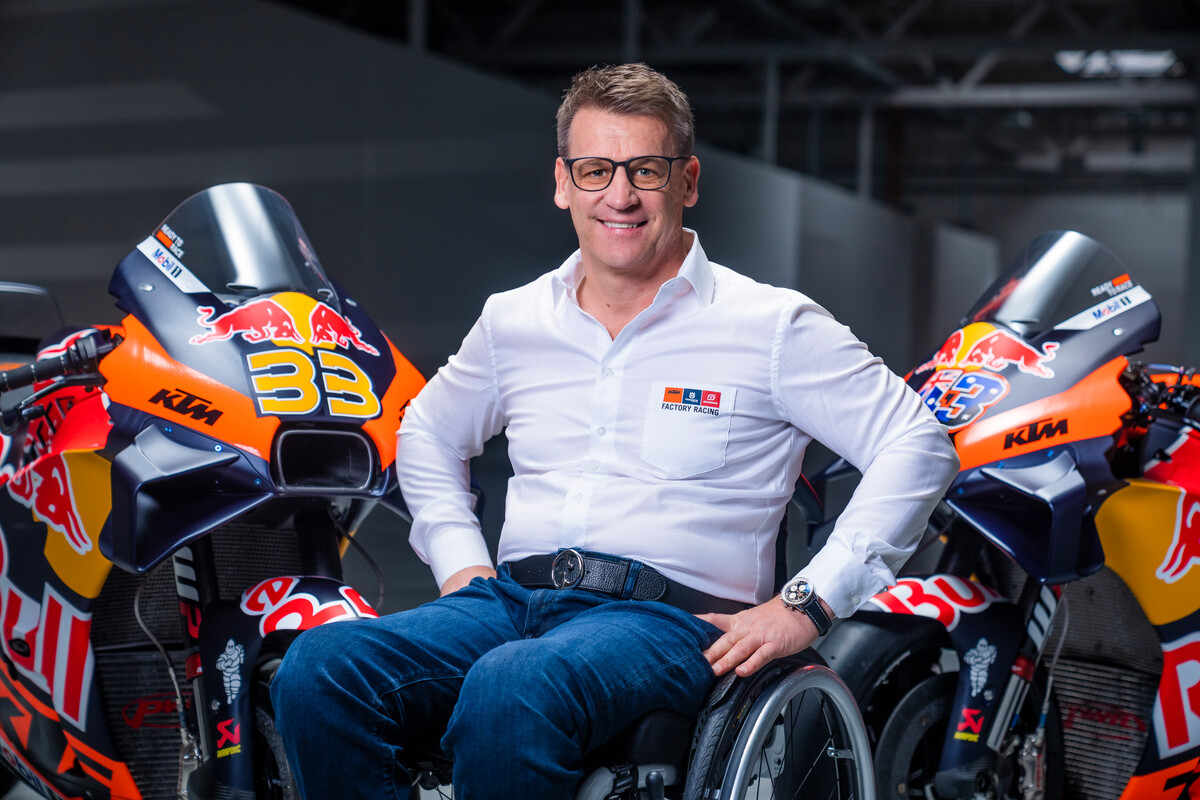
“We don’t see that the technology is on the table at the moment to transfer mass production bikes into something like battery (powered) motorcycles,” Beirer said.
“We have a clear commitment to replace smaller engines, like 65 cc kids bikes or less than 100 cc for urban mobility or around cities with scooters – we see all of this segment as making sense to do it with a battery.
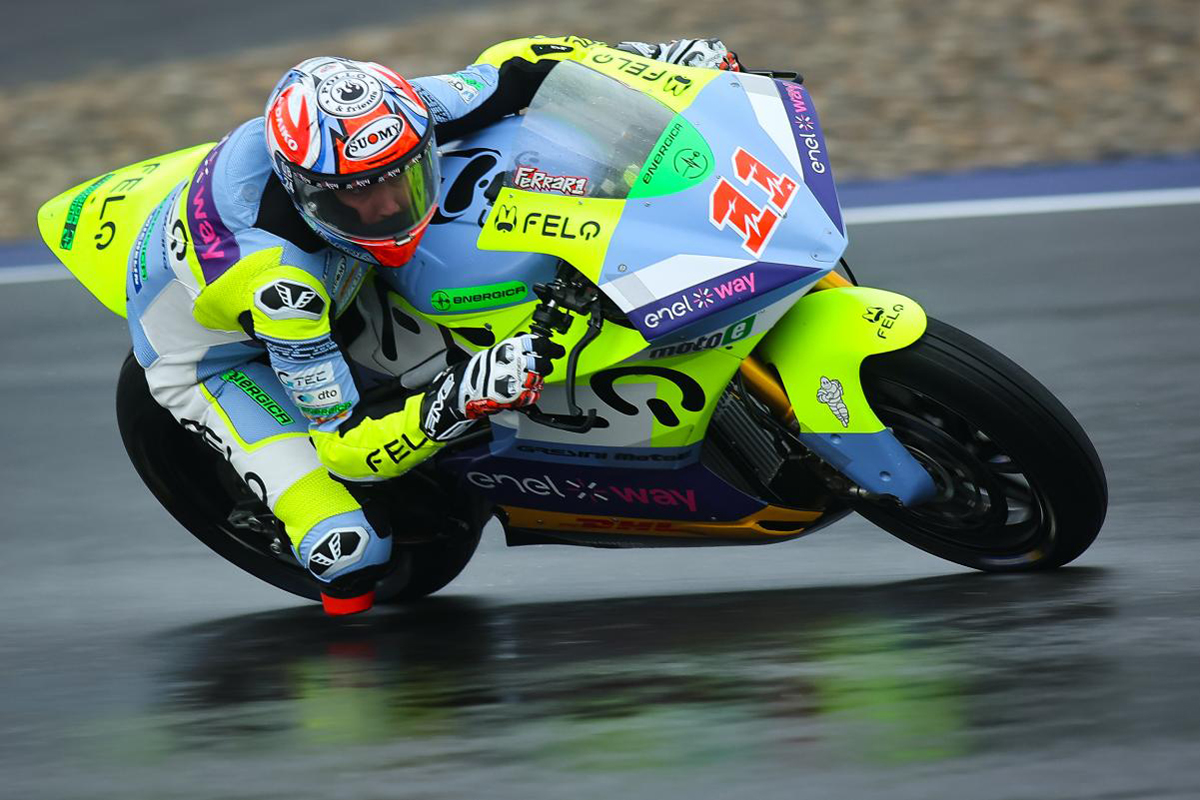
“Everything else, and for what we call a full-size motorcycle from 125 cc upwards, we see still the combustion engine as the solution in the near future.”
The move – or should we say, the rush – to electrification seems to be sure to wipe out 140 years of development of the ICE, with surely much more left in the development pot, especially if we consider the use of non-fossil synthetic fuels, which MotoGP will fully adopt by 2027, with a target of 40% by 2024. Beirer sees battery power as a stop-gap measure while synthetic fuels are developed.

“You all know we are pushing like crazy – together with the fuel industry – to get as quickly as possible this sustainable fuel into the (MotoGP) bikes,” he explained.
“Then if you look at a modern motorcycle that is produced with a lot of high-value raw materials… our MotoGP bike is made with 91% recyclable material. You have steel, aluminium and titanium. All raw materials that can and will be reused at the end of the life cycle.
“And if you then fire up the whole project in a short period from now with 20-21 litres of (100%) sustainable fuel, we see the package of the (MotoGP) bike together with the fuel as ready for the future and that’s what we want to stick to.”
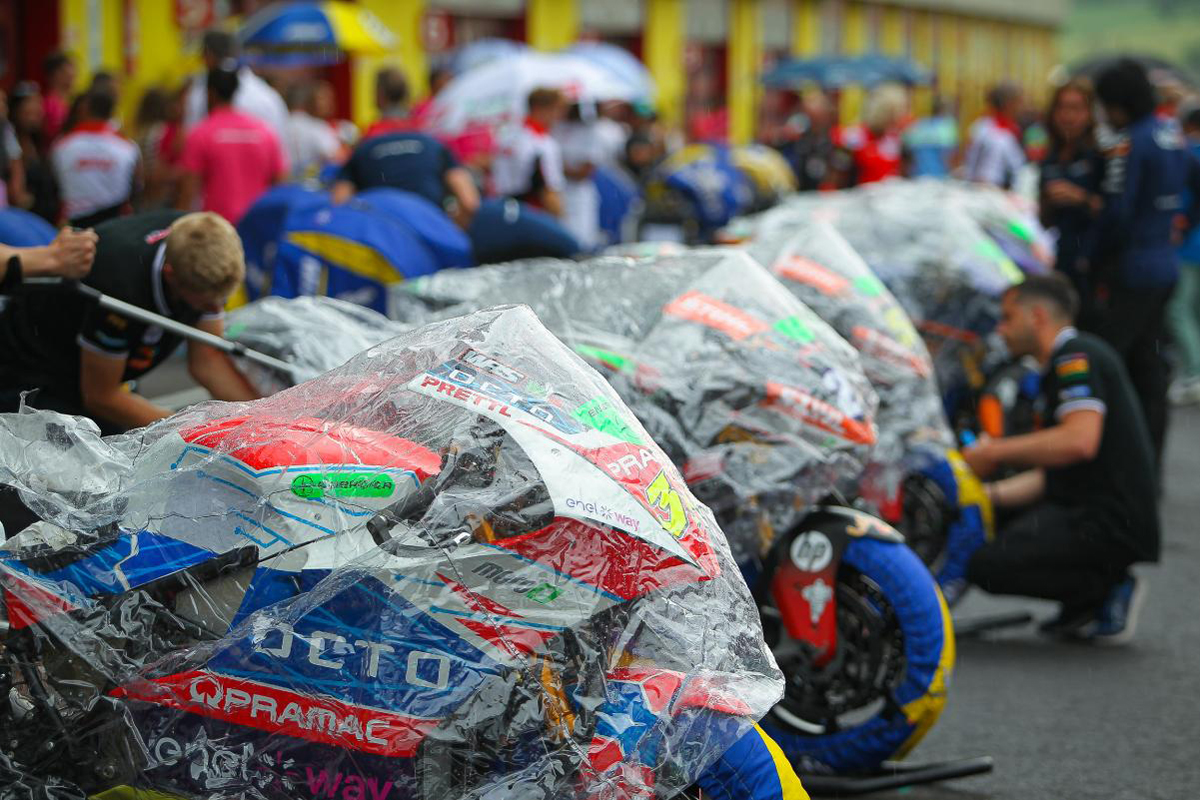
Nor is Beirer a fan of hybrid technology, which has had a huge impact on four-wheeled Grand Prix racing, stating it has no place in MotoGP.
“With any hybrid then you start to produce batteries, which you have to dig from the ground and take out (elements) that are not available in high quantity and not good for the environment.
“So I feel battery is maybe a transition period (until) there is some future technology that is not ready at the moment for the mass market.”
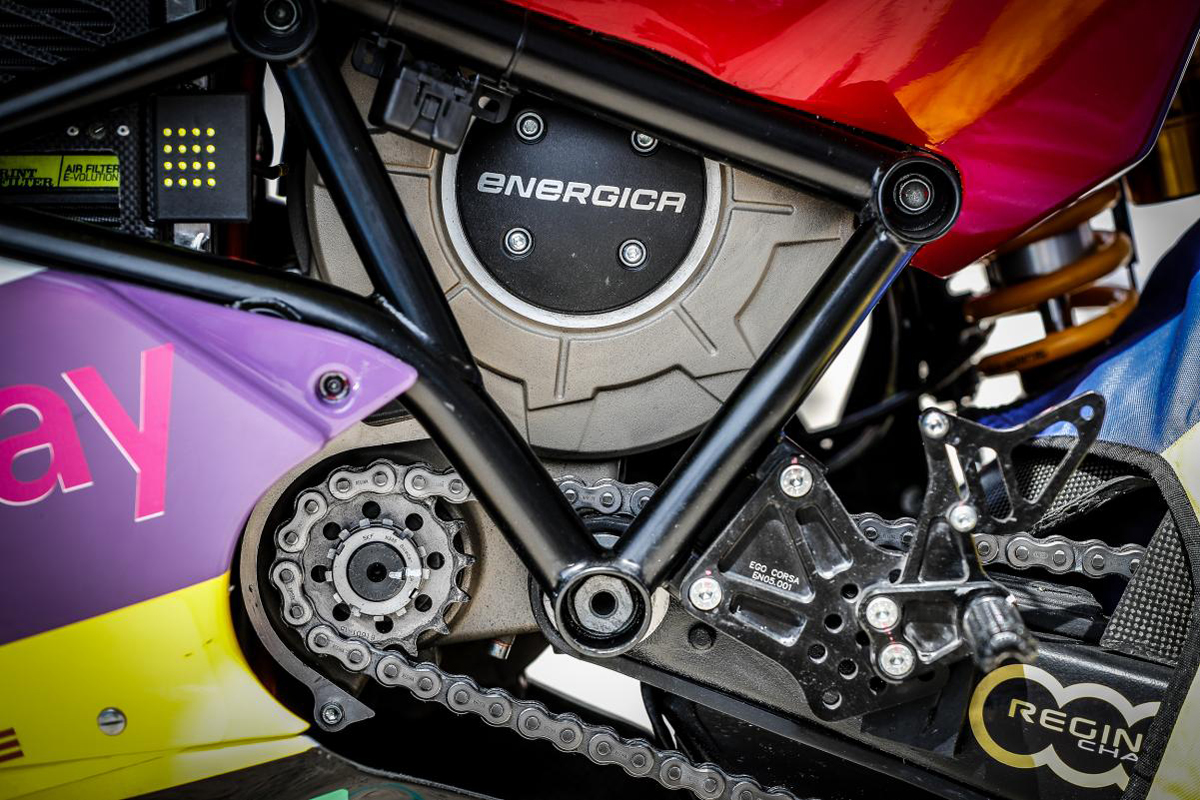
What he doesn’t talk about is the added weight and packaging problems of these batteries and attendant technology: difficult enough in a car, so what would it be like on a bike?
KTM has never been a manufacturer to follow the herd and abandon engine technology without due process. Look at the way it has persisted with two-stroke technology after the Japanese abandoned it, countering the emissions problem by developing fuel injection technology.
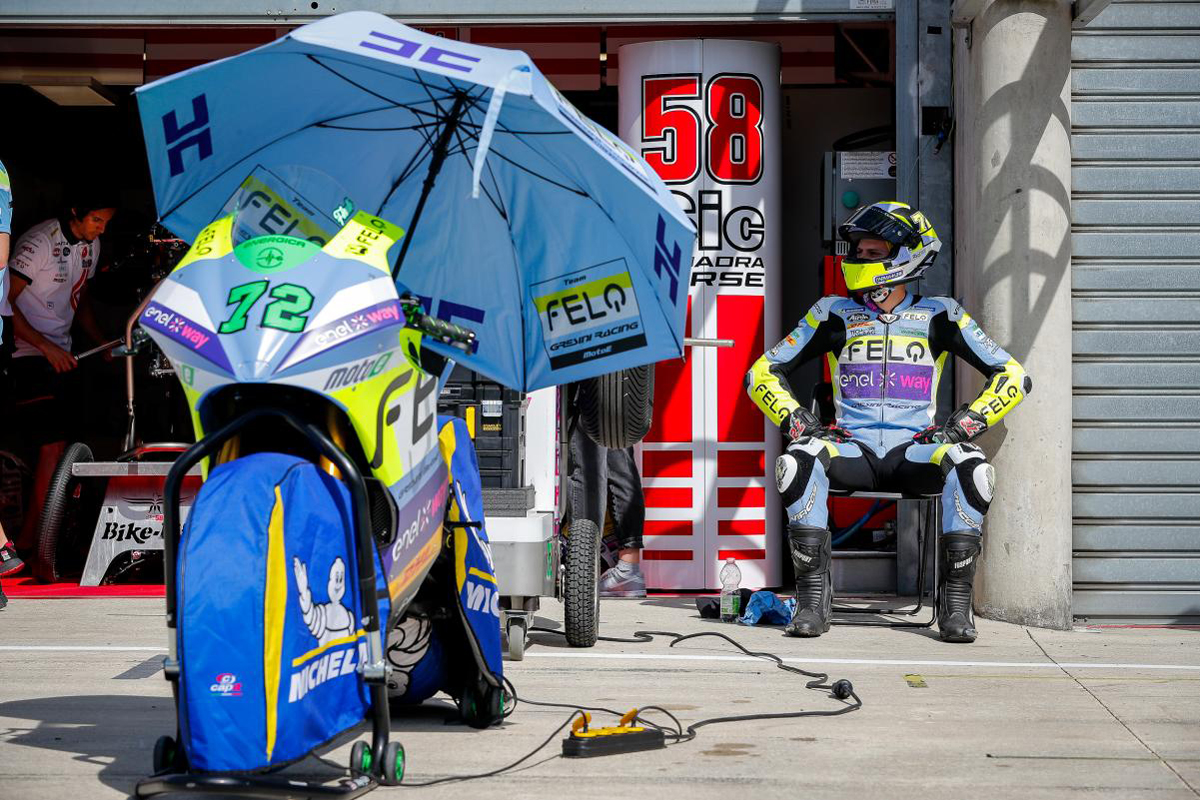
It just feels as if there has not been enough time and thought given to electrification: it seems to be a knee-jerk reaction to environmental problems: a reaction that creates more problems – or, at least, alternative problems – than it is solving.
Of course, adapting the ICEs in racing motorcycles to run on synthetic fuel is only a minute element of the carbon footprint of the MotoGP championship – of any racing championship, for that matter. Consider the environmental impact of transporting hundreds of tons of equipment and hundreds of team personnel around the world. Using 21 litres of fuel per bike, per race, isn’t the big issue here: developing new technology that will enable the ICE to continue on its hard-won development curve and not throw away all that expertise and knowledge, is.
